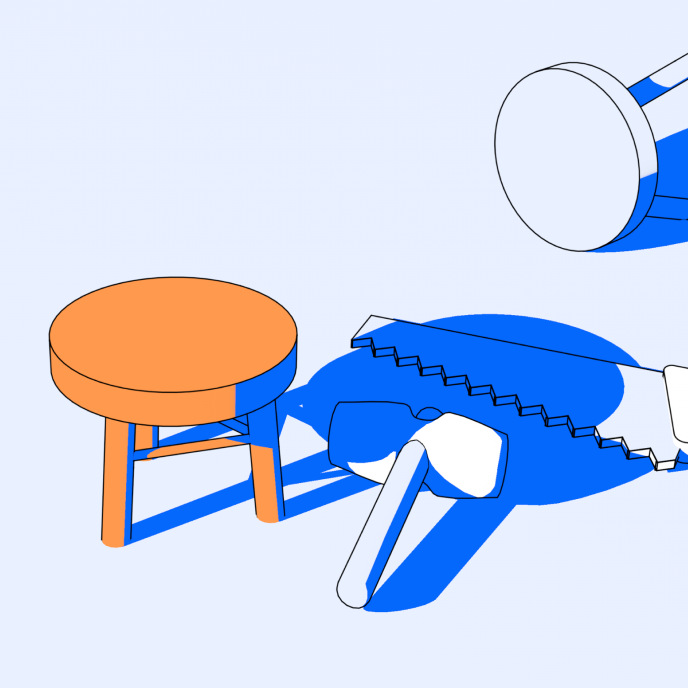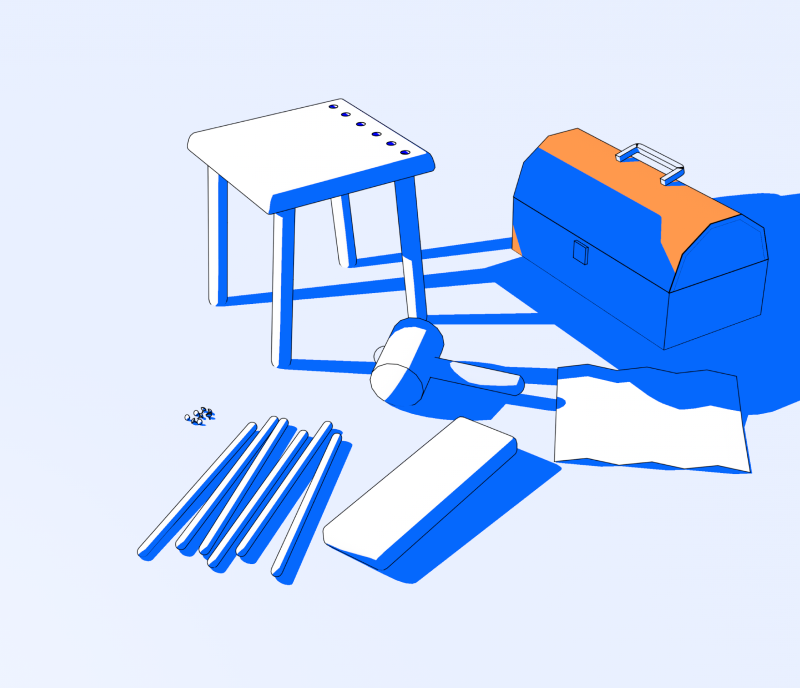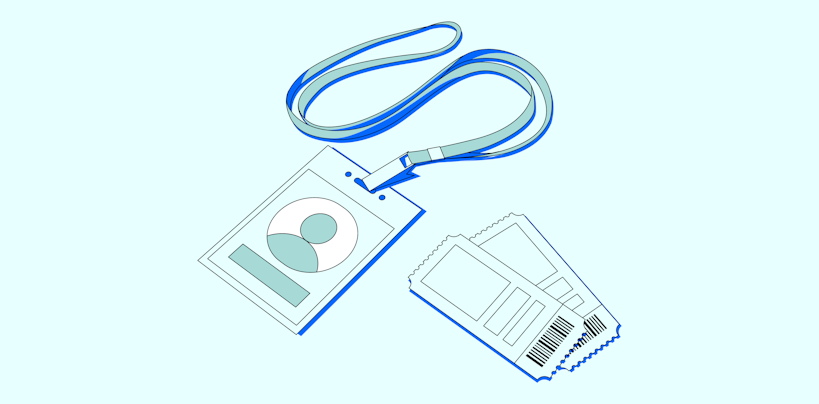When it comes to creating a user-centric product, User Experience (UX) and User Interface (UI) rest at the beating heart of that process. Although used interchangeably, these two concepts carry different goals. When designing with the user in mind, your product should use UX and UI as complimenting processes that aim to put the users' needs first.
In simple terms, UX refers to the entire experience between a user and product while UI is the space where interactions between humans and machines happen. By examining the principles of a great user interface and experience, designers are able to create products that are visually appealing, easy to use, and solve real needs.
Ready to learn more?
What's the difference between UX/UI?
What's the difference between UX/UI?
UX focuses on the relationship a user has with your product—how easily they can use it, the efficiency of the product, and the joy experienced when using it. UI focuses on aesthetic elements which affect user interactions with a product. Typography, menu bars, footers, and colors are all examples of visual interface elements UI designers take key decisions on.
How do I know I'm doing it right? Which metrics measure good UX/UI?
How do I know I'm doing it right? Which metrics measure good UX/UI?
When it comes to measuring the experience of your product as well as your efforts, UX KPIs play a key role in learning what's working—and what isn't. We dive into different UX metrics, how you can measure them effectively, and the benefits of paying close attention to data in our article below.
What are the key principles of UX design?
What are the key principles of UX design?
How do you deliver great products that solve real user problems? While there's no one-size-fits-all method, there are definitely key principles that can help guide decision-making in the design process. Leading designers at Headspace, Doist, and Design+Code shared some of the essential principles that help designers do great work.








